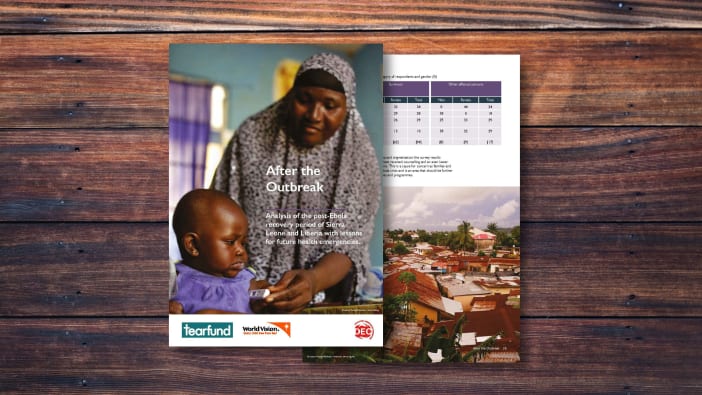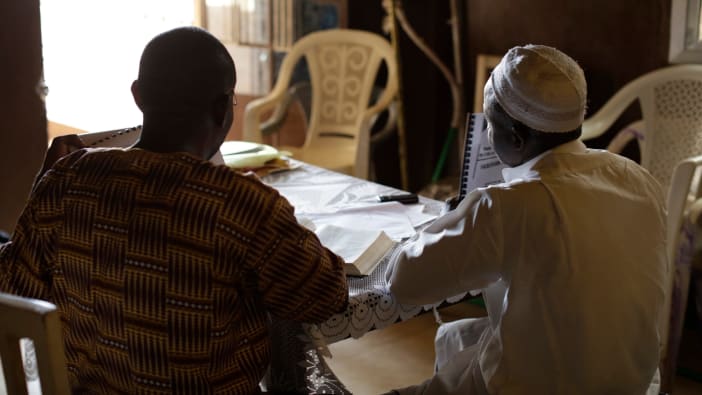Inaccurate information can add to the fear and stigma that surround HIV. It can also increase people’s risk of transmitting or becoming infected with the virus. Here are some common myths about HIV, followed by explanations of why the reality is different.
MYTH 1: ‘HIV and AIDS are the same thing.’
REALITY: HIV is a virus that attacks people’s immune system. HIV can lead to AIDS, but not everyone with HIV has AIDS. When HIV weakens the immune system so much that the body becomes infected with a number of different infections and diseases, we call this condition AIDS. However, with antiretroviral therapy (ART), you can prevent HIV from developing into AIDS.
MYTH 2: ‘If you have HIV, you will die soon.’
REALITY: In the 1980s, the death rate from AIDS was very high. But now, with properly managed ART, HIV does not have to lead to AIDS. With ART, HIV-positive people can live long, productive and healthy lives.
MYTH 3: ‘You can only get HIV through risky sexual behaviour.’
REALITY: Although HIV can be transmitted through unprotected sex, there are other ways of contracting the virus.
HIV can only be transmitted in the following ways:
- having unprotected sex (anal, vaginal or, less commonly, oral) with someone who is HIV-positive
- using non-sterile needles or blades that have been used on someone living with HIV – for example, when injecting drugs
- from mother to child during pregnancy, childbirth or breastfeeding
- through HIV-infected blood transfusions or blood products (check that the blood has been tested for HIV).
MYTH 4: ‘You can get HIV through kissing, hugging, sharing cups, sharing toilets or being bitten by mosquitoes.’
REALITY: HIV has to get inside another person to cause infection. It is not transmitted through the air or water, and does not survive for long outside the human body. Saliva, sweat and tears do not contain enough HIV to infect another person. HIV is not spread through hugging, sneezing, coughing, sharing toilets, sharing clothes, holding or shaking hands, sharing food and drink, or being bitten by a mosquito. Unless both partners have open sores or cuts in their mouths, there is no risk of HIV transmission from kissing.
MYTH 5: ‘There is no need to use a condom during sexual intercourse if both partners already have HIV.’
REALITY: There is more than one kind of HIV, and it is possible to be re-infected with another type of the virus. Even if both partners are living with HIV, they should make sure they protect themselves from re-infection by always using a condom and using it correctly. A health worker can provide advice on how to do this (see also ‘Useful websites’ on page 14).
MYTH 6: ‘If someone who is on ART feels better, they can stop taking their medication.’
REALITY: It is very important for people living with HIV to continue taking their medication even when they are feeling well. If they stop their ART, the amount of HIV in their bodies will increase again. The gap in treatment can also give the virus a chance to become resistant to the medicine, making it harder to treat.
MYTH 7: ‘HIV can be cured with traditional medicines, or through having sex with a virgin.’
REALITY: These ideas are untrue and dangerous. There is currently no cure for HIV, but with ART it can be managed and controlled so that people can live healthy, productive lives.










